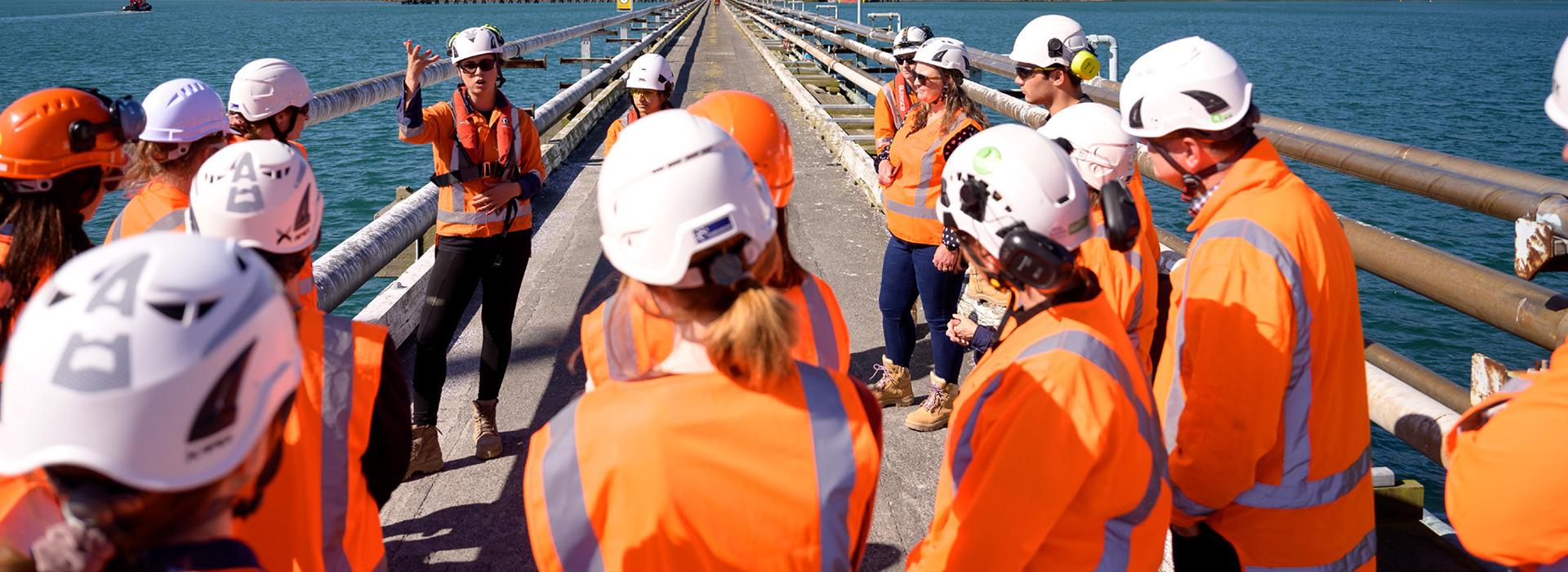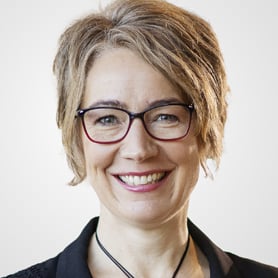Building a Safety Culture: Wendi Bains at Fletcher Building
Wendi Bains, Chief Safety & Sustainability Officer at Fletcher Building, discusses the company's journey to a world-class safety culture. Following a reassessment after a series of fatalities, Fletcher Building shifted from compliance to commitment, empowered line-led safety, and achieved a remarkable 90% reduction in serious injuries.


Wendi Bains
Chief Safety and Sustainability Officer,
Fletcher Building
Q.
You began your career in Canada at a global infrastructure firm before moving to New Zealand and your current role. How has working in different markets shaped your approach to safety leadership?
Moving in different cultures helps you learn different ways of working and leading. In North America, the approach to safety was compliance focused. In New Zealand, however, leadership has a more personal touch. Safety is less about compliance and more about commitment.
Having worked in both those cultures, I do think the safety practice stands to gain from placing less emphasis on compliance and technical practice, and more on safety leadership. I believe we have the greatest impact when we understand how to coach, act as trusted partners to our teams and move beyond the traditional role of safety officers.
My vision is to make safety enduring at Fletcher Building. I also believe we have the potential to become a Silicon Valley of safety: small, agile, and highly collaborative with each other and with industry. As a profession, we still have a long way to go, and safety training institutions have a responsibility to play to drive this change.
Q.
Was there a pivotal moment that changed the trajectory of your career?
Early in my career at Fletcher Building, we experienced five fatalities in a three-month period. Coming in such a short time span, those incidents rocked the business; and that period has shaped how I have led ever since.
After the fatalities, we realised we needed to reassess our approach to safety. We were ticking the boxes from a compliance perspective; but something was still missing, and we didn’t know what that was. Engaging an external consultant, dss+, was key to driving behavioural change. Although we had training and procedures in place, we didn’t have a sufficiently strong belief system among our leadership that all injuries are preventable. dss+ challenged us to ensure safety was line-led, and we took that to heart.
Q.
Could you tell us about the changes that were implemented after this review, and what impact they’ve had on the company?
As part of our line-led safety practice, all our training today is delivered by leaders of operational teams – not by members of the environment, health and safety (EHS) team; or by external facilitators. By changing who delivered safety training, we also shifted accountability – which made a huge difference in our culture and performance.
Mirror walks, a practice we learned from dss+, were crucial in building a platform for change ahead of those training programmes. This session involves leaders walking through a room of posters designed to stimulate ideas for solutions and change. Just as you would spend time in front of a mirror, leaders spend about 10 minutes in front of each poster thinking about what they see and what needs to change.
Our approach has focused on culture, leadership and critical risks. And it’s working: our serious injury rate is down 90% – from two a month to two a year – and our recordable injuries are down by half. This has been a massive improvement, but we are not comfortable or complacent. High-potential events and near misses remain a critical safety concern. Our vision is zero injuries, and we have multiple businesses that demonstrate this is achievable every month and every year.
Q.
Engaging employees in safety programmes is essential for building a strong safety culture. What initiatives have been most effective in securing employee buy-in, and what factors do you believe contributed to their success?
As a large conglomerate of 25 Business Units, my key stakeholder group is our General Manager and top leader population. To gain buy-in, especially on values, key programs, and critical risk standards and controls, I ran workshops during the design stages. These workshops included either the full cohort of leaders or a select champion cohort from the businesses.
One of the mistakes we had made in the past was not previously considering corporate functions as part of our safety journey, as EHS risks are typically lower for corporate functions. Once we got them on board, however, we saw a snowball effect. This diverse representation ensured safety was embedded in all processes and decisions, making safety a shared responsibility across our organisation.
To reinforce accountability, we implemented lead and lag safety goals for every leader at Fletcher Building, ensuring safety is a top priority at all leadership levels and across every role.
Q.
What advice would you like to offer to women aspiring to make a difference in the fields of safety and construction?
This might sound contradictory but… I would say, first, to forget you are a woman because, honestly, it does not matter. At the same time, I believe women make some of the best leaders when they are able to bring their own unique perspective to leadership.
Evolutionary biology tells us that women generally manage complexity well and have large capacities for empathy. We do not have to act or look like men; we can simply be ourselves. I also believe that, if we embraced who we are, we can achieve incredible things.
I encourage all women to be curious, be open to learning and to embrace new challenges. If you are solving real problems and learning along the way, you will grow while making meaningful contributions.